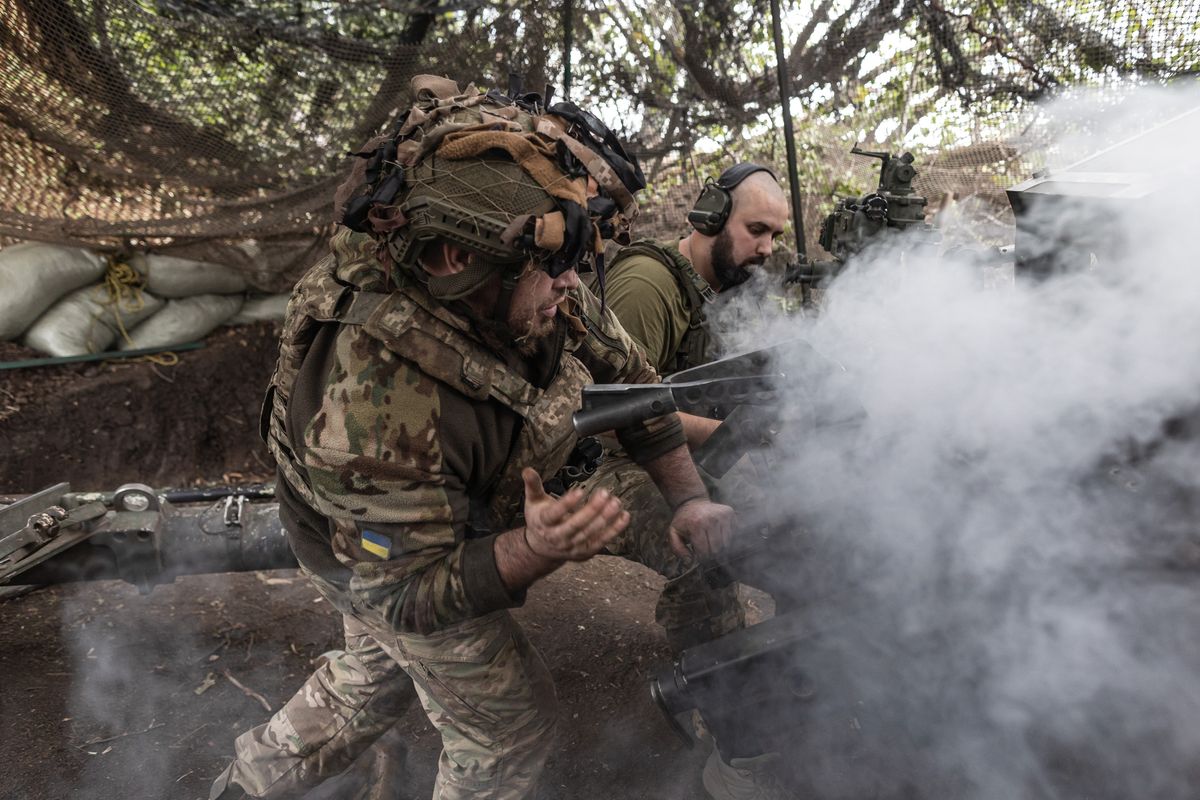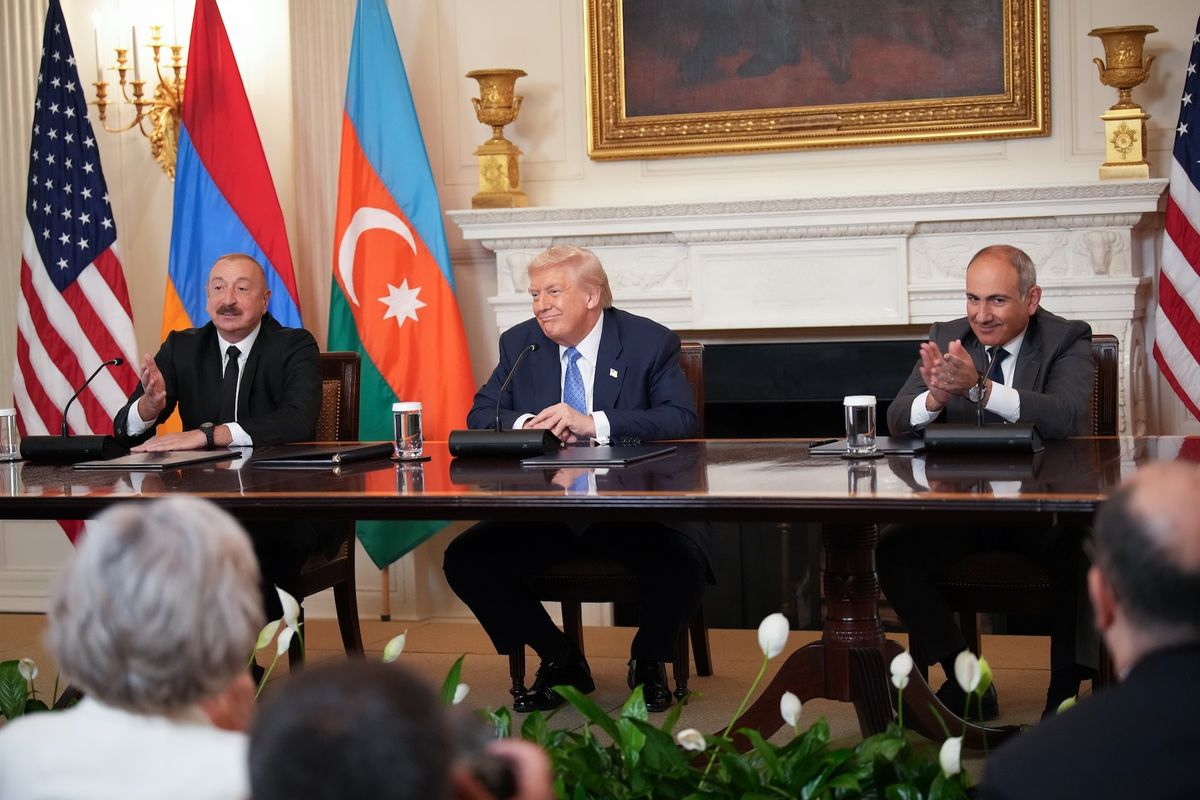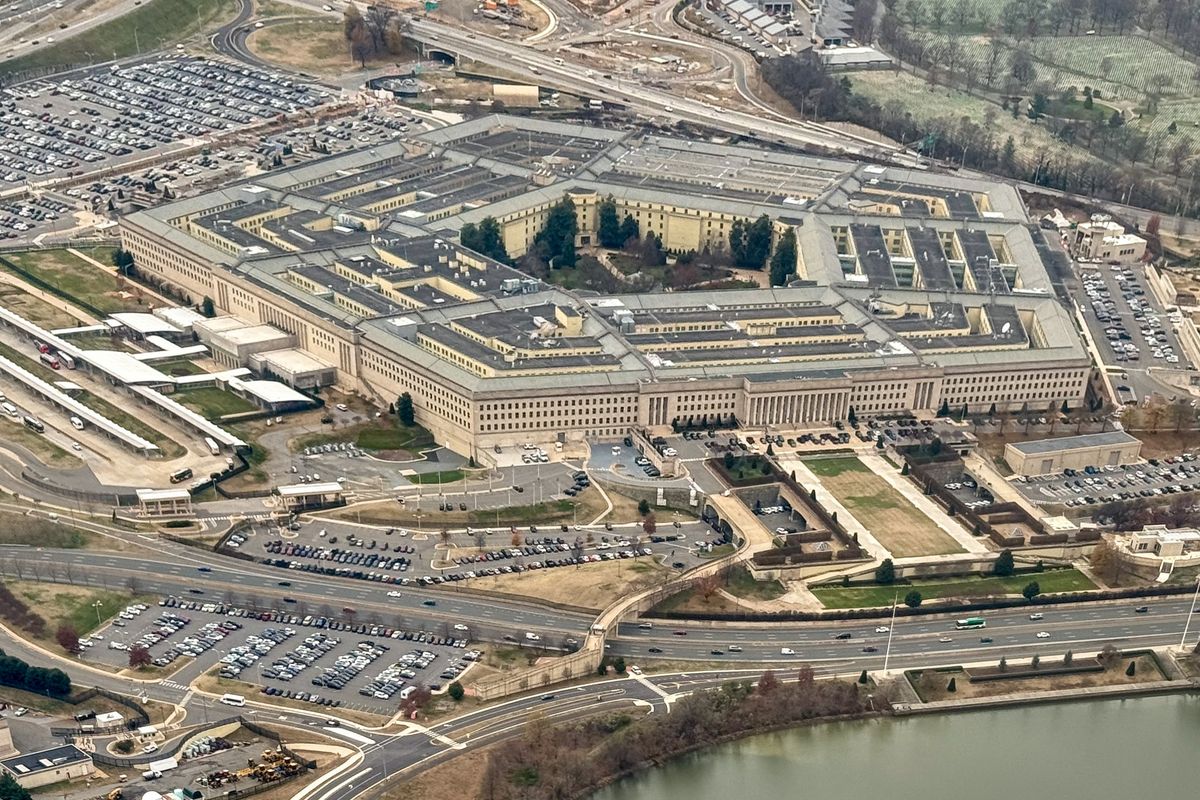The diversity and scope of national security challenges facing the U.S. continues to grow, asking ever more of an Intelligence Community (IC) that must stretch its resources to meet these demands. The move toward greater integration since the advent of the Director of National Intelligence (DNI) has been critical to the IC’s ability to address the increase in mission. As President Donald Trump and DNI Daniel Coats consider the organization and structure of the IC, I believe integration must not only continue but deepen if we are to get ahead of the evolving threat landscape.
During the last decade of my career, I was detailed to or worked closely with the ODNI. In that time, I came to appreciate the value the DNI brought to integrating intelligence community resources and capabilities without altering the culture, mission, or identity of individual agencies. There are three areas where I believe integration has made the IC stronger: defining priorities and focusing resources; identifying cross-cutting needs and finding solutions; and giving broader voice to IC analysis that informs decision-making.
Early integration efforts were championed by DNI Mission Managers—now called National Intelligence Managers (NIMs)—which were created on the recommendation of the Robb-Silberman Commission (Commission on the Intelligence Capabilities of the U.S. Regarding Weapons of Mass Destruction). In its March 2005 report to the President, the Commission noted that the IC was “not a community in any meaningful sense,” rather, it was a “loose confederation of 15 separate intelligence entities.” The Commission recommended that the DNI create Mission Managers “to bring a mission focus to the management of Community resources for high-priority intelligence issues.” They also saw an advantage in having one person responsible who could also be held accountable. As the first Iran Mission Manager, I felt not only responsible for the mission but also responsible to the IC to unify and focus its efforts against the multiple challenges Iran presented.
Twelve years later, regional and functional NIMs still play a lead role in honing the IC’s focus on national security challenges.
- They are uniquely positioned to see across the substance of their mission set. Do you think Iran considers support for terrorism, pursuit of WMD, and various foreign policy objectives in isolation? No. Why should the IC? NIMs also see across the IC capabilities arrayed against their mission set and may find areas of overlap or need.
- As IC representatives in interagency discussions, they have a clear view of the direction of policy—which can change with world events or elections—and work with the IC to prioritize collection and analysis resources accordingly. The value of establishing priorities on enduring challenges cannot be underestimated. Building or developing capabilities in collection and analysis can take years.
- NIMs champion their mission priorities within the ODNI. They are best positioned to inform discussions about the resource trade-offs that always come when there is a change in focus or emphasis.
- Lastly, NIMs and their staffs come from all parts of the Intelligence Community. This reinforces integration and leads to professional relationships that will benefit the employee and the IC for years to come.
NIMs are also powerful advocates for new missions. In 2010, DNI James Clapper added Threat Finance (TF) as a mission area and created the position of NIM-TF. At that time, the intelligence and law enforcement professionals who used financial flows more closely resembled the “loose confederation” that the Robb-Silberman Commission described in 2005. Many saw financial information as a niche capability exclusive to Treasury’s sanctions programs. Today, “following the money” is increasingly used to address the broad range of national security concerns facing the United States. Financial intelligence yields tremendous insight into networks, patterns of life, procurement activity, et cetera. As an integrated mission focus, I believe threat finance is now on the cusp of being used in a much more powerful way to understand and counter U.S. national security challenges.
Mission management and integration require both persuasion and leadership. Each agency must balance the demand of integration with that of its unique mission. In my experience, organizations are more likely to enthusiastically participate in integration efforts when they address a gap or meet an unmet need. The IC ITE Enterprise (IC ITE—pronounced “eye sight”) is one example of this. For the first time, the IC will be able to easily and securely share information, technology, and resources across a common IT infrastructure.
- IC ITE will mean cost savings for larger agencies. Smaller ones will have access to tools, applications, and innovations that their IT budgets normally could not afford. The overall mission will benefit from the changes in communication, collaboration, and information sharing.
- IC ITE is only possible because of IC leadership committed to contributing their resources, sharing their information, and adopting the common IT infrastructure within their agencies.
Lastly, as a career analyst who wrote for the President’s Daily Brief (PDB) and ultimately delivered it in person, I have seen firsthand the importance of giving all IC agencies the opportunity to write for the PDB. It is a critical part of ensuring that the President and our nation’s leaders benefit from the depth of expertise in the Intelligence Community on global issues as they debate and formulate U.S. foreign policy. Moreover, it provides transparency when there is a diversity of views, as agencies may draw different conclusions based on the same reporting. More agencies need to increase their participation in the PDB.
In an uncertain world, I am certain of the commitment and integrity of the men and women of the U.S. Intelligence Community. Integration will enable them to leverage each other’s strengths, maximize resources, and build bonds that will endure. The ODNI is best positioned to further champion integration, and I look forward to cheering on its efforts.














